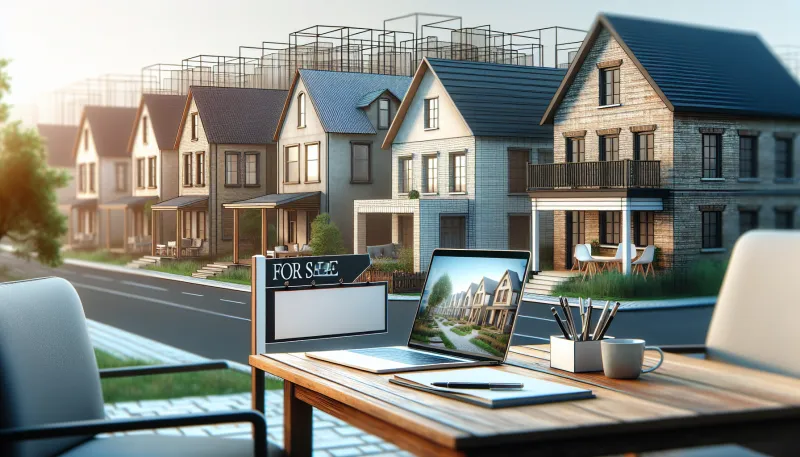
The COVID-19 pandemic triggered an unprecedented shift in many aspects of life, with the global housing market experiencing profound and lasting changes. From altered buyer preferences to supply chain disruptions and the rise of remote work, the real estate sector faced challenges and transformations that continue to influence how and where people choose to live. This article explores nine key ways the pandemic reshaped housing markets worldwide.
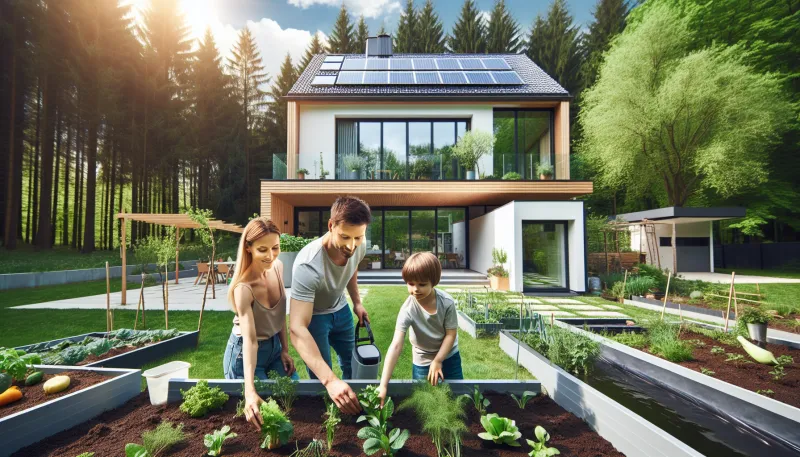
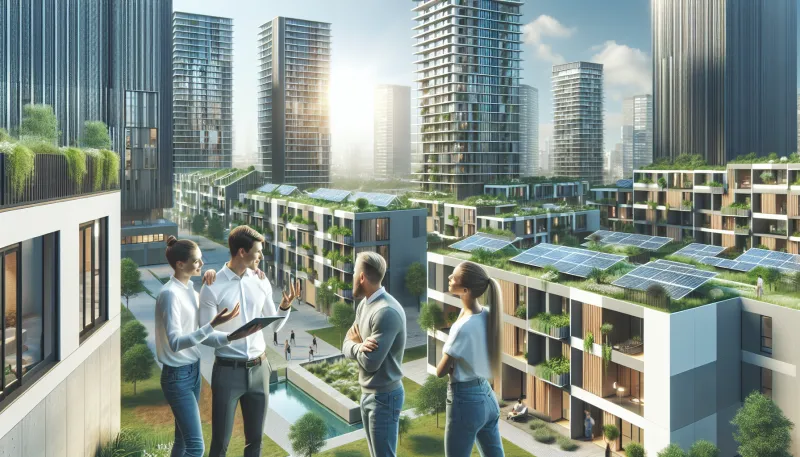
As global cities continue to expand at an unprecedented pace, the demand for affordable housing has reached critical levels. Urban populations are growing, income disparities are widening, and traditional housing models struggle to keep up with changing needs. This article explores the evolving landscape of affordable housing, highlighting innovative approaches, policy developments, and technological advancements that may define its future in metropolitan areas worldwide.
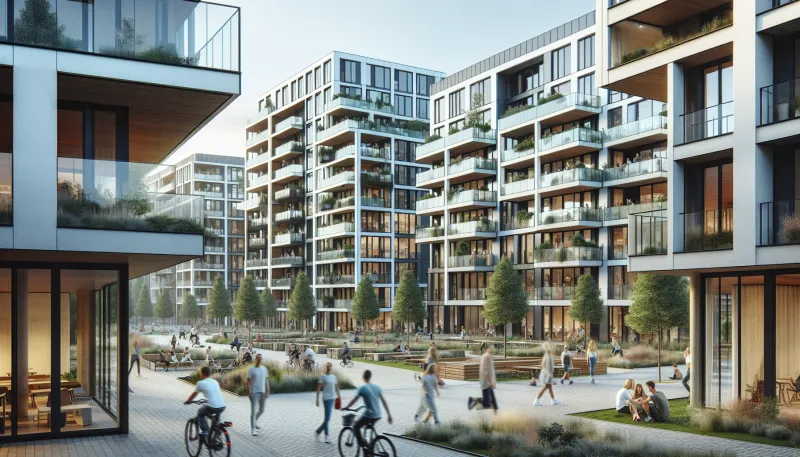
The landscape of urban housing is undergoing a significant transformation, driven by the rise of build-to-rent (BTR) models. As cities grapple with housing affordability, changing demographics, and evolving lifestyle preferences, BTR developments offer innovative solutions that are reshaping how people live in urban environments. This article explores the multifaceted impact of build-to-rent schemes on urban housing, examining their benefits, challenges, and long-term implications.
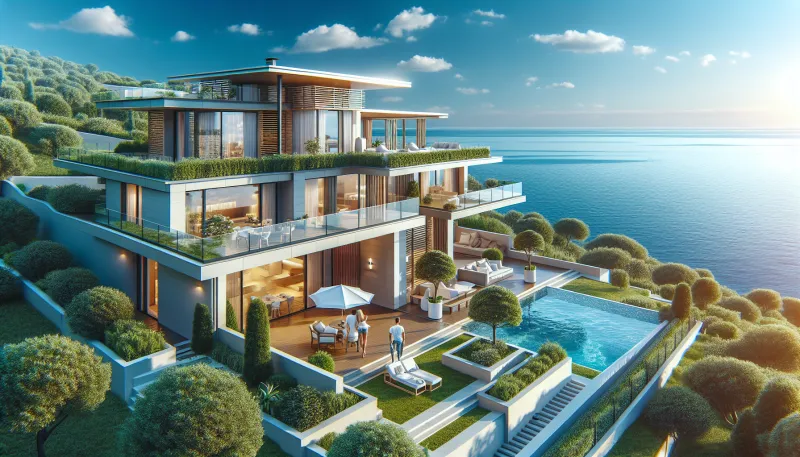
The luxury second home market is undergoing a profound transformation as affluent individuals worldwide increasingly seek exclusive properties beyond their primary residences. This global shift is fueled by changing lifestyles, enhanced remote work opportunities, and evolving investment strategies, reshaping both real estate landscapes and local economies. Understanding these dynamics offers valuable insights into the future of luxury living and real estate investment.
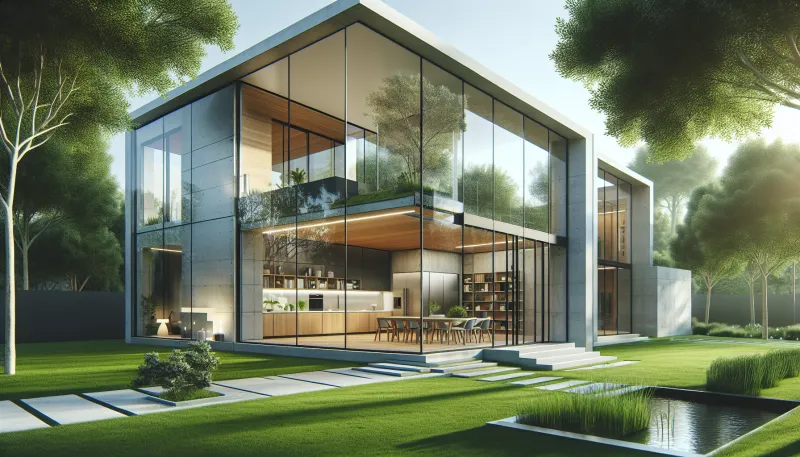
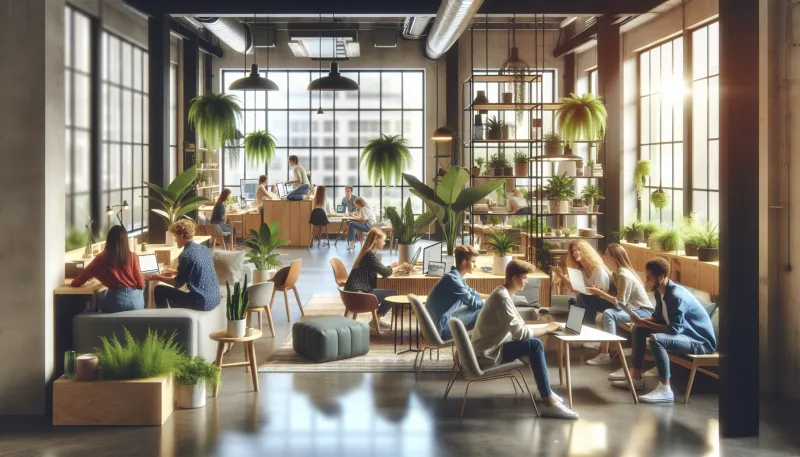
As urban populations continue to grow and the nature of work evolves, traditional living and working arrangements are being challenged. Co-living and co-working spaces offer innovative solutions that cater to modern lifestyles, fostering community, flexibility, and sustainability. This article explores why these concepts are rapidly becoming the backbone of future urban living.